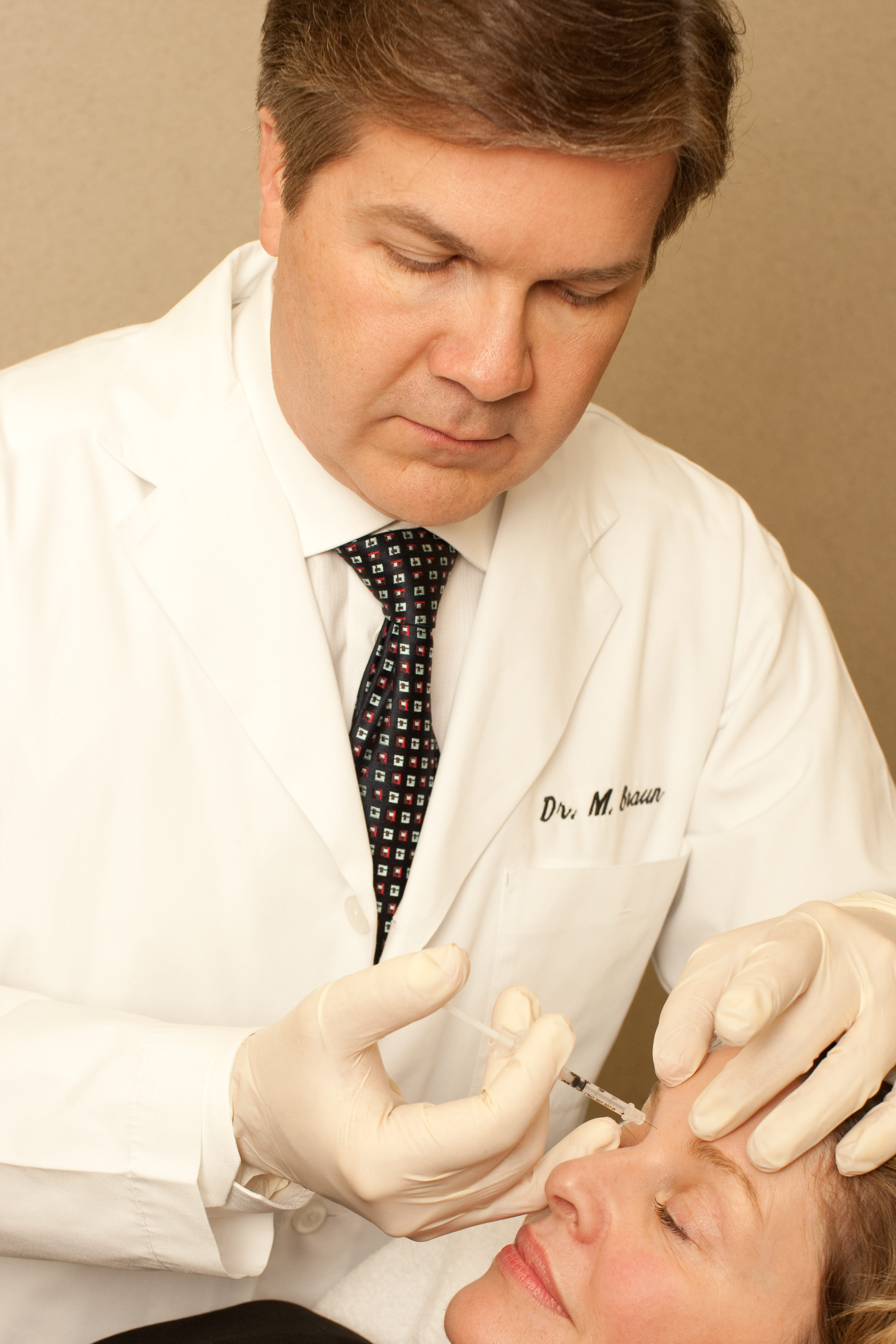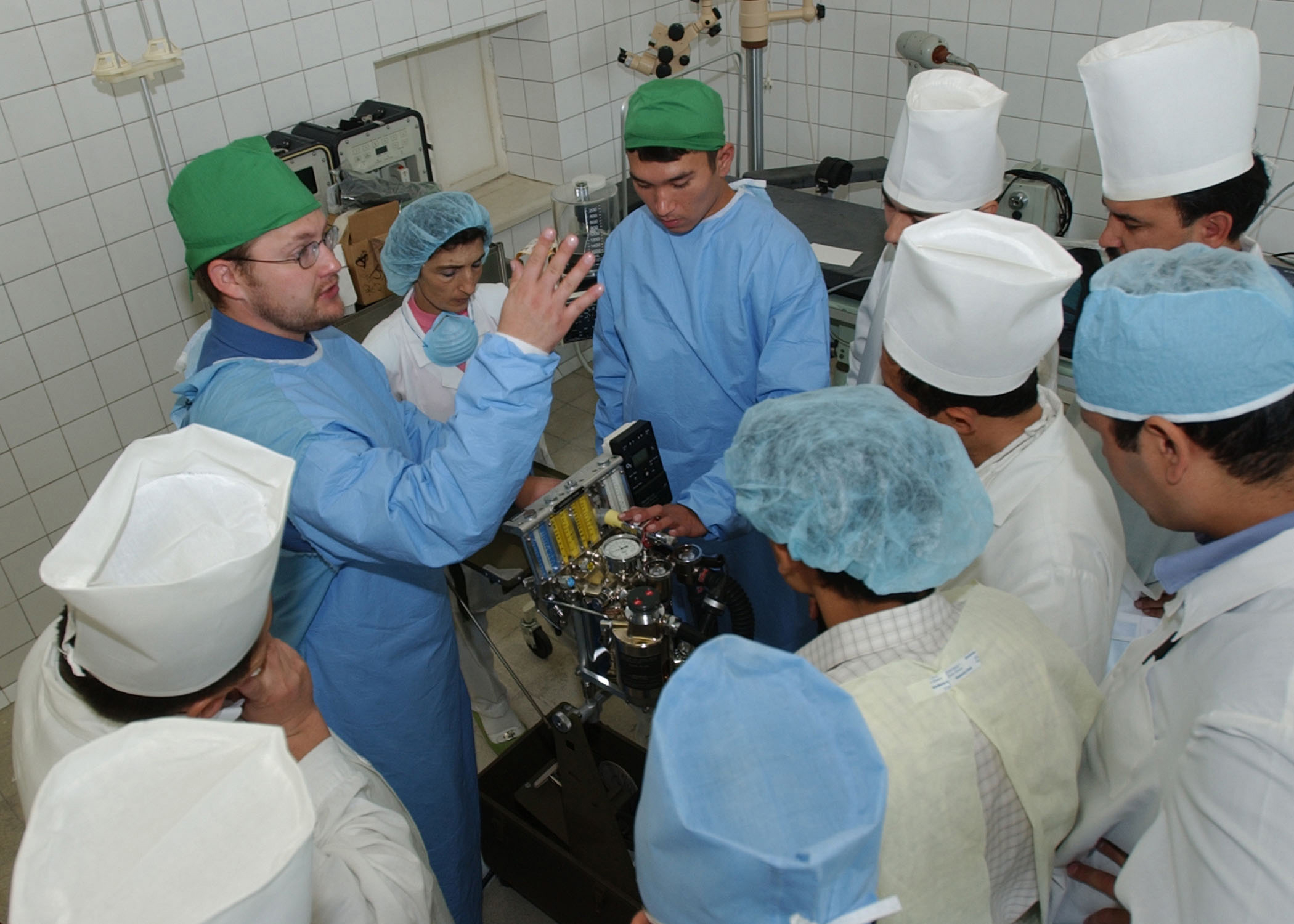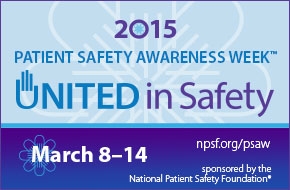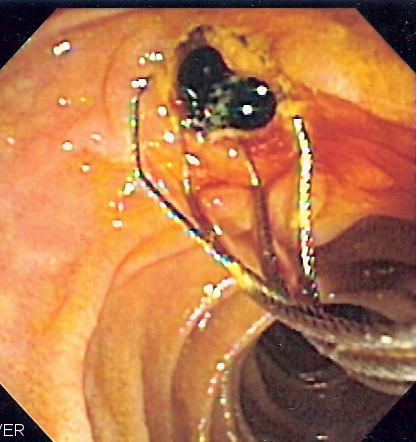9 attorneys from our New York Personal Injury Law Firm were included in the The Best Lawyers in America© 2016
Gair, Gair, Conason, Rubinowitz, Bloom, Hershenhorn, Steigman & Mackauf is proud to announce that 10 of their New York Personal Injury Lawyers were listed in The Best Lawyers in America© 2016.
Marijo Adimey, Jeffrey B. Bloom, Seymour Boyers, Anthony H. Gair, Howard S. Hershenhorn, Stephen H. Mackauf, Ben B. Rubinowitz, Christopher Sallay and Richard M. Steigman were selected in the following practice areas:
Marijo Adimey, listed in Best Lawyers since 215
 New York Personal Injury Attorneys Blog
New York Personal Injury Attorneys Blog








